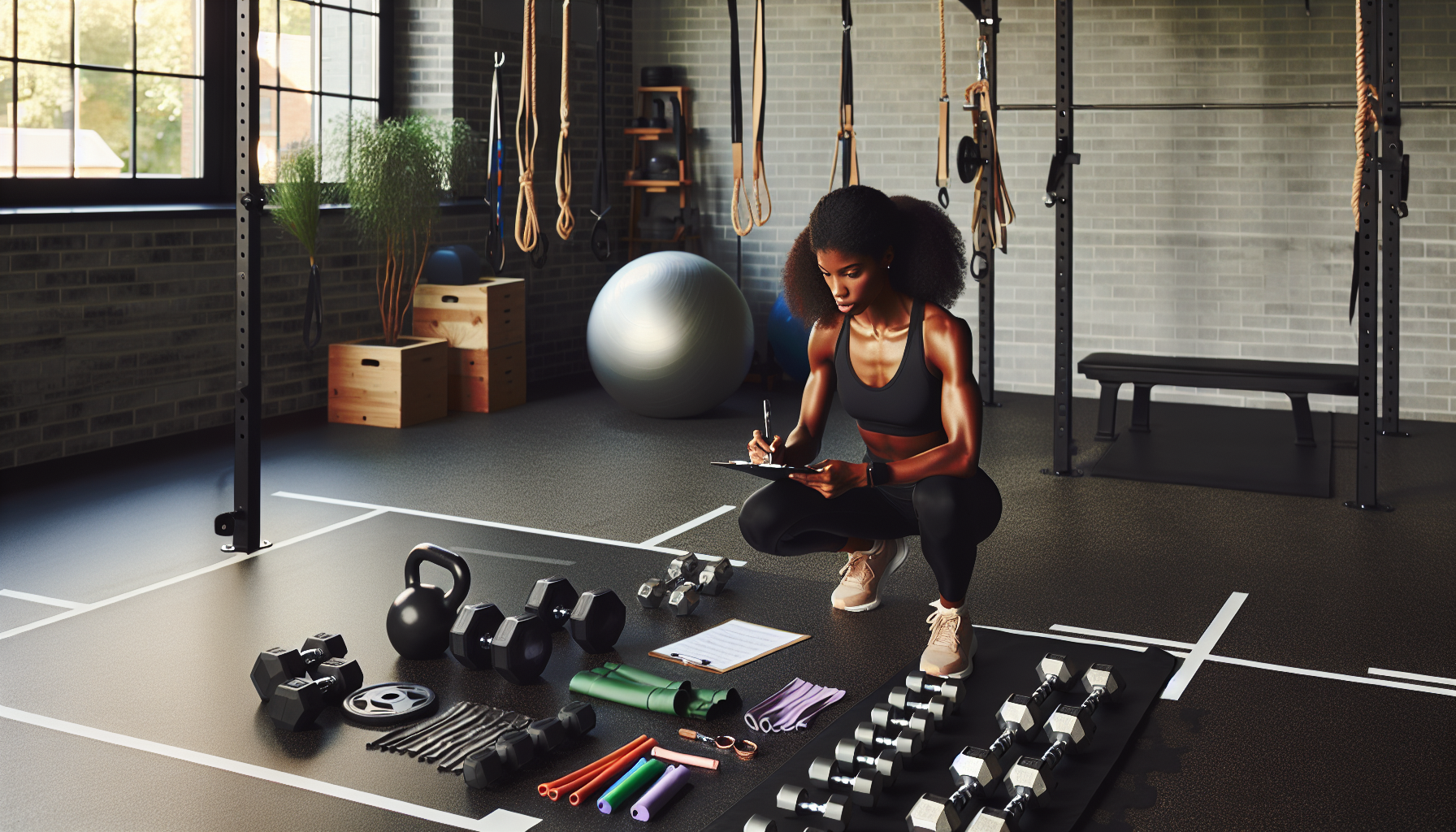Embarking on a fitness journey can be one of the most rewarding decisions you make for your health and wellbeing. With an abundance of information available, it’s crucial to filter through the noise and create a personalized fitness plan that aligns with your goals, lifestyle, and physical capabilities. This comprehensive guide will navigate you through the essentials of crafting a fitness regimen tailored just for you, ensuring long-term success and enjoyment.
Understanding Your Body and Health
Before diving into the specifics of your fitness plan, it’s paramount to assess your current health status. This includes understanding your body’s strengths, limitations, and any health conditions that may influence your exercise choices. For instance, if you’re focusing on bone health, weight-bearing exercises like walking and strength training can be beneficial.
Setting Realistic Goals
Goals are the backbone of any fitness plan. They provide direction and motivation. When setting your goals, make sure they are SMART: Specific, Measurable, Achievable, Relevant, and Time-bound. Whether you’re aiming to lose weight, build muscle, or improve endurance, your goals should reflect what is realistically attainable for you.
Crafting Your Workout Routine
Your workout routine should encompass various types of exercises to target different fitness components: cardiovascular endurance, strength, flexibility, and balance.
- Cardiovascular Training: Including activities like running, cycling, or swimming can improve heart health and stamina. For detailed insights on enhancing cardiovascular endurance, The Importance of Cardiovascular Endurance in Fitness offers valuable guidance.
- Strength Training: Essential for overall muscle health, strength training can be accomplished through bodyweight exercises, free weights, or machines. Beginners can find helpful tips in Strength Training Essentials for Beginners.
- Flexibility Exercises: Stretching or yoga can enhance flexibility, reduce the risk of injury, and improve muscular performance.
- Balance Training: Incorporating balance exercises can improve stability, which is especially important as we age.
Considering Nutrition
Your fitness plan isn’t just about exercise; nutrition plays a pivotal role in achieving your health goals. A balanced diet rich in proteins, carbohydrates, fats, vitamins, and minerals fuels your workouts and aids in recovery. For a deeper understanding, the article on The Role of Nutrition in Fitness Success is an excellent resource.
Incorporating Recovery
Rest and recovery are often overlooked aspects of a fitness plan. Adequate sleep, rest days, and active recovery methods such as light walking or yoga are crucial for preventing overtraining and injuries.
Personalization is Key
A one-size-fits-all approach doesn’t apply to fitness. Here’s how to personalize various aspects of your fitness plan:
- Lifestyle Considerations: Adapt your workout schedule to fit your daily routine. For those with busy lifestyles, Maximizing Workout Efficiency for Busy Lifestyles may offer practical solutions.
- Interests and Enjoyment: Choose activities you enjoy to maintain motivation.
- Progression and Adaptation: As your fitness level improves, increase the intensity and complexity of your workouts to avoid plateaus.
Monitoring Progress
To stay on track, it’s essential to monitor your progress. This can be done through various means such as fitness apps, workout logs, or evaluating fitness progress without the scale. Regular assessments will help you make necessary adjustments to your plan.
Staying Informed and Educated
Continual learning is vital in your fitness journey. Stay informed on the latest fitness research and trends to enhance your regimen. Websites like Examine.com and PubMed offer peer-reviewed articles and studies on exercise science and nutrition.
Overcoming Challenges
It’s natural to encounter setbacks. When motivation wanes or plateaus hit, having a support system and strategies to overcome these hurdles is important. Mindfulness and stress management techniques can also be integrated into your routine for a holistic approach, as discussed in Integrating Mindfulness into Your Fitness Regimen.
Conclusion
Creating a personalized fitness plan is a dynamic process that requires patience, commitment, and self-awareness. By understanding your body, setting realistic goals, and crafting a balanced and enjoyable workout routine, you’re setting the stage for a healthier, more active life. Remember to consider nutrition, rest, personal interests, and to monitor your progress for a truly comprehensive approach. Armed with the right knowledge and resources, your fitness journey can be a fulfilling and transformative experience.



